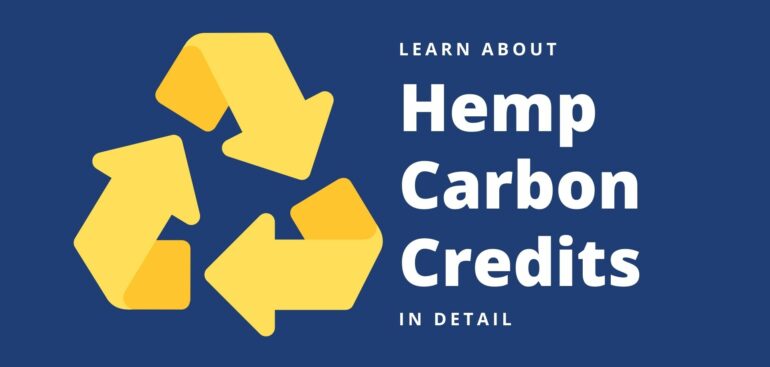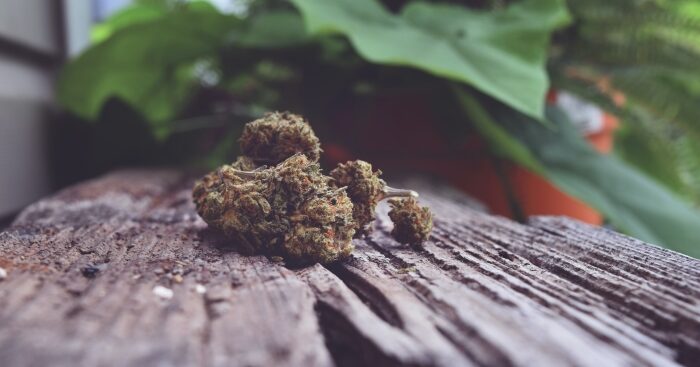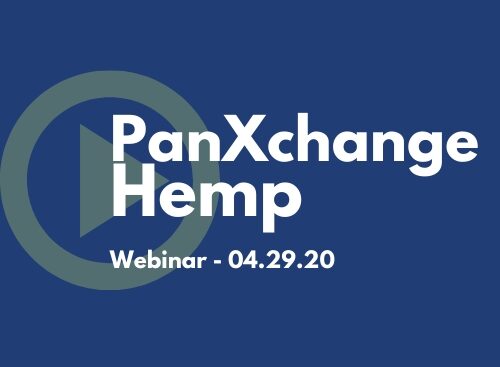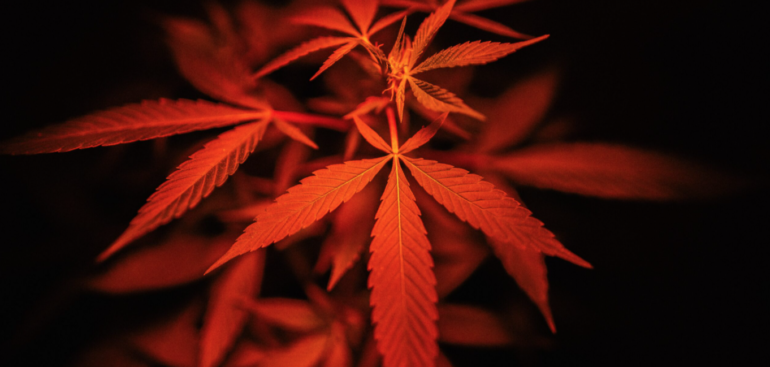It is with sadness I report to you the death of longtime SG/Newedge technology executive Ed Netter. Here is the message I received from Leslie Sutphen, a longtime colleague of Netter’s.
Carbon stored in soil could soon become a unique subset of commodity crops. This emerging market aims to incentivize the sequestration of the world’s carbon footprint by allowing farmers and farm managers to get paid for the carbon they store by companies—and even other countries—wanting to offset their emission. Until recently, high costs and a lack of tools to accurately quantify soil’s changing carbon content inhibited producers from participating in carbon markets.
Lerner: Often, during industrial hemp harvests, many farmers share with PanXchange their frustration of wasting hemp hurd, so I’m glad to be here with you today Tarek to discuss precisely that. I was intrigued when the Supercritical team introduced me to Truly Green Plastic™ (TGP). For those who have not heard about your company, can you explain what it is?
The health care market has recently been flooded with a wide variety of products made with industrial hemp extracts. The industrial hemp plant contains more than 500 unique chemicals with 113 currently identified cannabinoids, of which the two most well-known are tetrahydrocannabinol (THC) and cannabidiol (CBD)1. Products ranging from lotions to liquid oral drops, to food ingredients each focus on containing a specific amount of cannabidiol. To differentiate themselves, hemp producers have been working to selectively breed various strains of hemp to increase the concentrations of cannabinoids and terpenes, according to Golden, Colorado-based Panacea Life Sciences.
On each Friday following the distribution of PanXchange: Hemp Benchmarks and Analysis, the Hemp team will be hosting an online webinar to discuss industry trends such as our regional pricing benchmarks, market commentary, supply and demand analysis, and other recent content. This webinar is intended to give our subscribers the opportunity to connect with the PanXchange team to ask questions and discuss topics in an open format. This is a service exclusive to only PanXchange platform participants and data subscribers – at no additional cost.
Hemp Industries Association
VANCOUVER, Washington – The Hemp Industries Association announces the appointment of two new members to its Board of Directors: Julie Lerner, Founder & CEO of PanXchange, Inc., a web-based negotiation and trading platform for physical commodities; and Rob Davidson, CEO of CURE Pharmaceuticals, a vertically-integrated drug delivery and development company.
John Lothian News
There is some good news about industrial hemp production buried in PanXchange’s September 2020 report, Hemp: Benchmark and Analysis. Like last year, there has been a big jump this month in the monthly report of the number of planted hemp acres as the harvest progresses.
As if 2020 hasn’t piled on enough, California and Oregon have been ravaged by wildfires for the last two months. These fires spreading out across the West Coast have left at least 40 people dead, burned more than 5 million acres, and leveled more than 7,000 buildings. Experts have determined that these are the worst fires the region has seen in 18 years. While there has been disagreement as to the severity of the fires – some linking their prevalence and intensity to climate change, and others, like President Donald Trump, blaming poor forest management – one thing we can all agree on is the horror of this widespread devastation.
Ohio Valley ReSource
John Fuller is waiting for another farmer he’s never met before to talk about a situation he never imagined he would be in.
It’s an overcast January day on his farm in west Kentucky, where he grew 18 acres of hemp last year, investing more than $250,000 of his own cash. He’s one of nearly 1,000 licensed hemp growers in 2019 who helped grow Kentucky’s biggest hemp crop since the state reintroduced it, trying to cash in on what could be a $1 billion industry for CBD products made from hemp.
Over the last few years, non-dairy milk has been popping up all over coffee shops and grocery store shelves. This increase in non-dairy consumers results from those who are lactose intolerant, others concerned with diet restrictions, or merely some that enjoy the taste of something new. According to the Market Data Forecast, “the market for dairy alternatives was worth $11.90 billion in 2020”. The two most common are soy and almond milk, but after the 2018 Farm Bill legalized hemp, consumers slowly see hemp milk making its way into the market.










